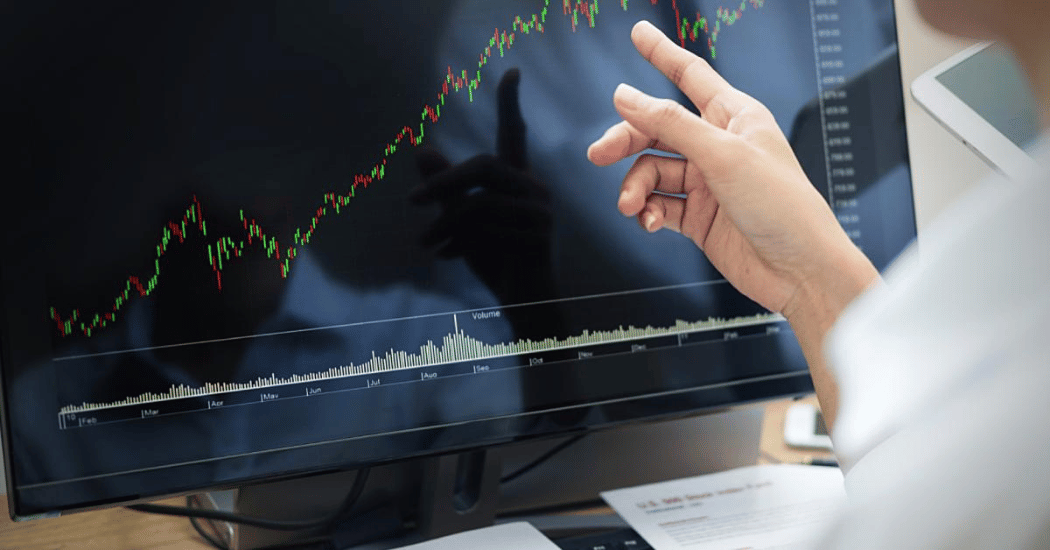
Differences between the US, Europe & Asia
The greatest opportunity for growth for many large and medium trading firms lies in emerging markets. If your firm has a successful trading model enabled by robust trading architecture, then it is only wise to seek to export that model into new markets. The current trend is for firms in the more traditional markets in the US and Europe to set up new opportunities in Asia. This is not surprising since seven of the top ten financial centres are in Asia according to the latest GFCI report. There are important differences that exist between the US, Europe and Asia, though, that traders need to consider in developing the trading architecture to operate effectively in each market.
The trading architecture scene in Europe
In Europe, a firm can connect to three data centres and have access to as much as 80% of European volume. The number of providers of network and hosting capability is large, resulting in an almost commoditised trading architecture market when it comes to network provision. Setting up and getting an operation running becomes a relatively straightforward affair.
The US perspective
In the US, many firms will have developed highly sophisticated models that rely on huge amounts of data and ultra-low latency. Firms are, however, subject to stringent reporting and compliance requirements. Larger and mid-sized firms will have in-house teams for dealing with these, and firms of all sizes have a resource to a vendor community that is well-versed in U.S. regulatory matters.
Developing trading architecture in Asia
But Asia is a different scenario entirely, with varying requirements in each country. For instance, if a firm were trading in South Korea, it would need to have a physical entity there, and all of its physical infrastructure would need to be based there. If one were to trade China, it would need to go through one of the Tier One banks. Even Australia, which is considered the region’s most western-style market, presents challenges due to its long distance from the next closest centre.
In the case of Asia, connectivity, in particular, can be an eye-opening step because of the sheer geographical spread of Asia’s markets. That makes it important to work with established network operators when setting up a trading architecture so that a firm’s entrance to a new market represents only an incremental cost to the provider.
BSO, as a specialist networking firm, understands financial markets and we design our routes with these issues in mind. So if you are seeking to export your trading model into emerging markets such as Asia we are the network of choice.
To learn more about how you can access the potential of emerging markets read our latest report “Trading without Borders: How can financial firms breakdown barriers and tackle new markets?” click here.
ABOUT BSO
The company was founded in 2004 and serves the world’s largest financial institutions. BSO is a global pioneering infrastructure and connectivity provider, helping over 600 data-intensive businesses across diverse markets, including financial services, technology, energy, e-commerce, media and others. BSO owns and provides mission-critical infrastructure, including network connectivity, cloud solutions, managed services and hosting, that are specific and dedicated to each customer served.
The company’s network comprises 240+ PoPs across 33 markets, 50+ cloud on-ramps, is integrated with all major public cloud providers and connects to 75+ on-net internet exchanges and 30+ stock exchanges. The team of experts works closely with customers in order to create solutions that meet the detailed and specific needs of their business, providing the latency, resilience and security they need regardless of location.
BSO is headquartered in Ireland, and has 11 offices across the globe, including London, New York, Paris, Dubai, Hong Kong and Singapore. Access our website and find out more information: www.bso.co
SALES ENQUIRY
Get in touch now. Find out how we can transorm your business_
You might be interested in_
THE BSO DIFFERENCE
The industries we work across_





/Revolutionising-Connectivity%20BSOs-Tailored-Cloud-Solution-for-CryptoStruct-GmbH.png?width=1050&height=550&name=Revolutionising-Connectivity%20BSOs-Tailored-Cloud-Solution-for-CryptoStruct-GmbH.png)
/6%20Cloud%20Best%20Practices%20for%20Financial%20Technology%20Companies.jpg?width=1200&height=600&name=6%20Cloud%20Best%20Practices%20for%20Financial%20Technology%20Companies.jpg)









